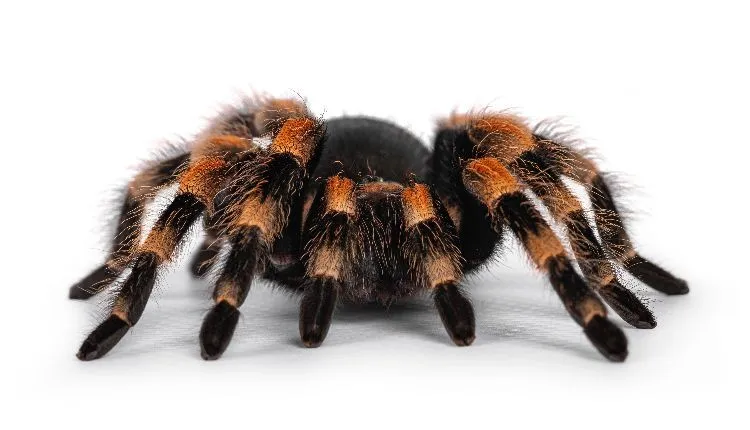Top 5 Best Substrates for Mexican Red Knee Tarantula
Choosing the right substrate is crucial for the health and well-being of your Mexican Red Knee Tarantula (Brachypelma hamorii). The substrate not only provides a comfortable environment for your tarantula but also plays a vital role in regulating humidity, allowing for natural burrowing behavior, and facilitating successful molting. This guide will delve into the top 5 substrates recommended for your Mexican Red Knee Tarantula, along with their pros and cons, to help you make the best choice for your pet. Remember, the ideal substrate mimics the tarantula’s natural habitat as closely as possible, promoting its overall health and happiness. Providing an appropriate substrate is a fundamental aspect of responsible tarantula ownership and will significantly impact your pet’s quality of life. Make sure that you understand the needs of this beautiful species before taking it as a pet.
Why Substrate Matters for Your Tarantula
The substrate is more than just bedding; it’s a fundamental element of your Mexican Red Knee Tarantula’s habitat. It directly impacts several critical aspects of their life, including their ability to thrive. The right substrate helps to maintain the correct humidity levels, allowing for easier breathing and molting. It also provides a medium for burrowing, which is a natural behavior for these tarantulas, giving them a sense of security and reducing stress. Moreover, a good substrate can also help with waste management by absorbing moisture and preventing the buildup of harmful bacteria and odors. It is extremely important to select a substrate that suits your pet needs. Understanding these factors will help you in choosing the best substrate for your Mexican Red Knee Tarantula.
Humidity Regulation
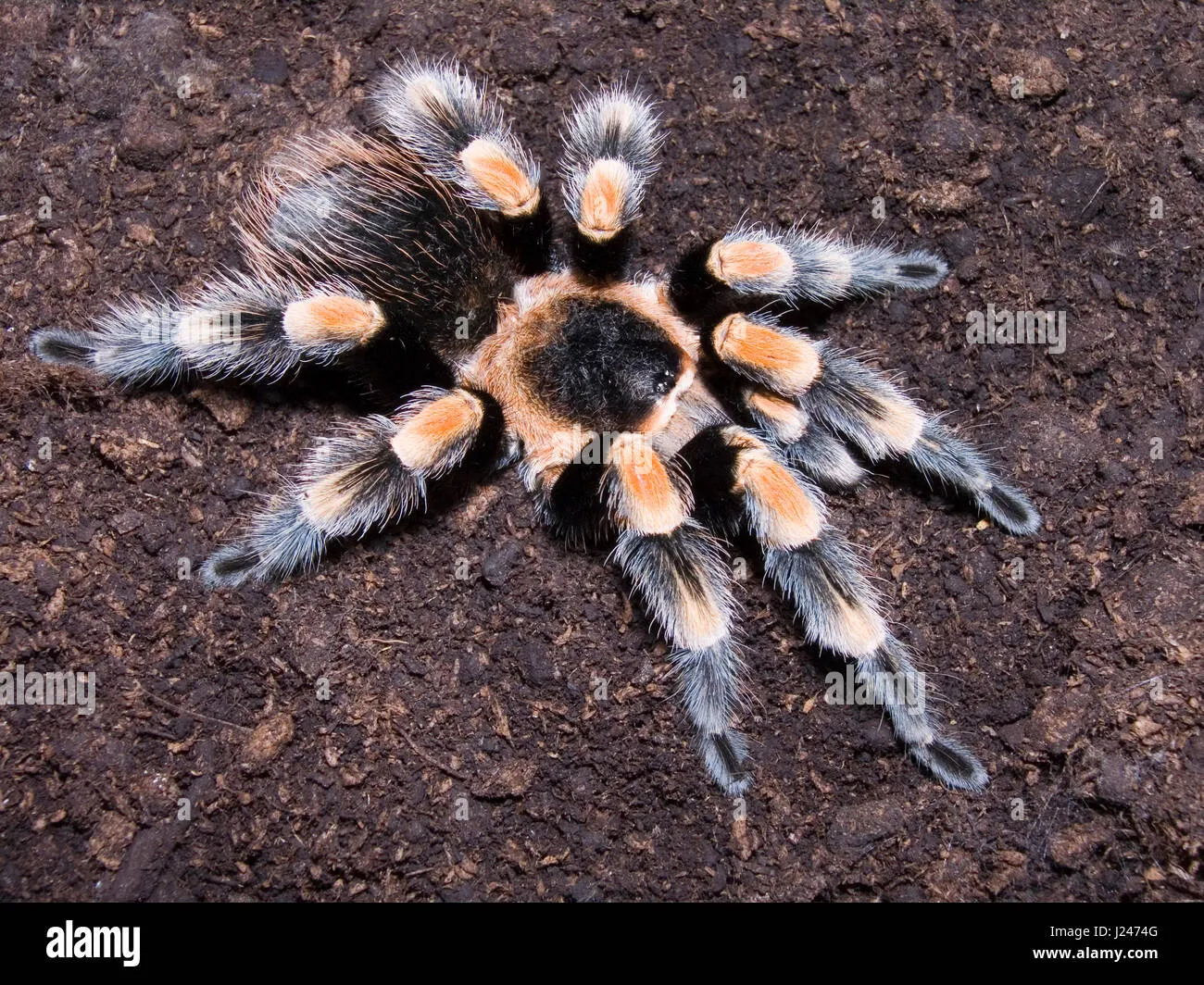
Mexican Red Knee Tarantulas require a specific humidity range to thrive, typically between 60% and 70%. The substrate plays a crucial role in maintaining this humidity level. Substrates that retain moisture effectively, such as coco fiber and peat moss, are excellent choices. By regularly misting the substrate or adding water, you can ensure the environment remains humid enough for your tarantula to molt properly and breathe comfortably. Inadequate humidity can lead to molting problems and respiratory issues. Regularly monitoring the humidity levels in your tarantula’s enclosure is essential to ensure their well-being, using a hygrometer for accurate readings. Maintaining the proper humidity through substrate selection and misting is crucial for creating a healthy and thriving environment for your pet.
Burrowing and Enrichment
Mexican Red Knee Tarantulas are terrestrial species, meaning they live on the ground and are prone to burrowing. A suitable substrate allows them to express this natural behavior, which provides enrichment and reduces stress. Substrates like potting soil, coco fiber, and peat moss offer good burrowing capabilities. The depth of the substrate should be sufficient to allow your tarantula to create a comfortable burrow where it can retreat and feel safe. Creating a burrowed habitat mimics their natural environment and helps in reducing the stress levels in the tarantula. By providing a burrow, you enrich the tarantula’s life, and create a more natural and stimulating environment. You can see the tarantula happily moving around the enclosure. This activity contributes significantly to the overall health of the tarantula.
Molting Support
Molting is a critical process for tarantulas, involving the shedding of their exoskeleton to allow for growth. The substrate aids this process by providing a stable, humid environment that facilitates successful molting. A moist substrate prevents the exoskeleton from drying out and sticking to the tarantula, which can be fatal. Additionally, the substrate offers a surface the tarantula can grip onto during molting, making the process easier. Choosing a substrate that retains humidity well is essential to support a healthy molt. After molting, it is also important to leave the tarantula undisturbed while the new exoskeleton hardens. Ensure the substrate remains clean and free of potential contaminants. The proper substrate plays a crucial role in this essential process.
Substrate #1: Coco Fiber
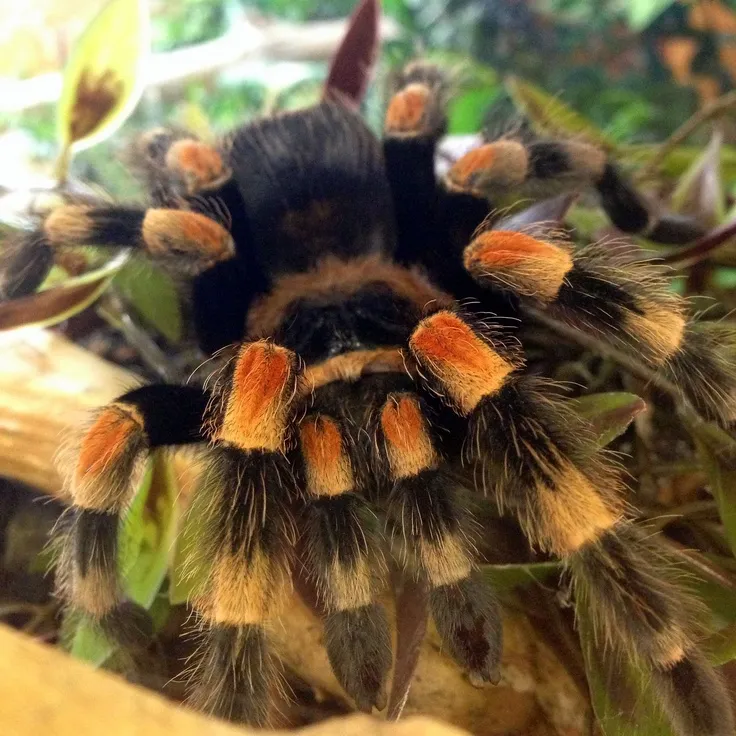
Coco fiber, also known as coir, is a popular substrate choice for many tarantula keepers. It’s made from the husks of coconuts and offers several benefits. It is readily available, affordable, and has excellent moisture-retention properties, which helps in maintaining the desired humidity levels in the enclosure. Coco fiber also supports burrowing behaviors and provides a naturalistic environment. It is a versatile substrate that is suitable for most tarantula species. Make sure to source coco fiber from a reputable supplier to ensure it is free from pesticides and other harmful chemicals. Before using coco fiber, it is often recommended to rinse it thoroughly to remove any dust or debris.
Pros of Coco Fiber
- Excellent moisture retention
- Supports burrowing behavior
- Readily available and affordable
- Provides a naturalistic look
Cons of Coco Fiber
- Can be dusty if not rinsed properly
- May mold if kept too wet
- Can compact over time
Substrate #2: Peat Moss
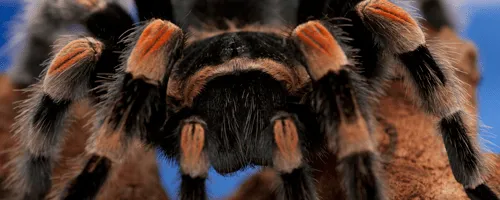
Peat moss is another great substrate option that is derived from partially decomposed plants. It provides good moisture retention and is naturally acidic, which can help prevent the growth of mold and bacteria. It is suitable for creating a more humid environment, making it ideal for tarantulas that prefer higher humidity levels. When using peat moss, make sure to use a high-quality, horticultural-grade product that is free of additives and chemicals. Monitoring the moisture levels in the substrate will prevent issues like mold growth. You can mix peat moss with other substrates such as coco fiber or potting soil. Peat moss provides a slightly different texture and environment for your tarantula.
Pros of Peat Moss
- Good moisture retention
- Naturally acidic, inhibiting mold
- Supports burrowing
- Provides a natural look
Cons of Peat Moss
- Can be dusty
- May be prone to compaction
- Can be difficult to rehydrate if allowed to dry out completely
Substrate #3: Potting Soil
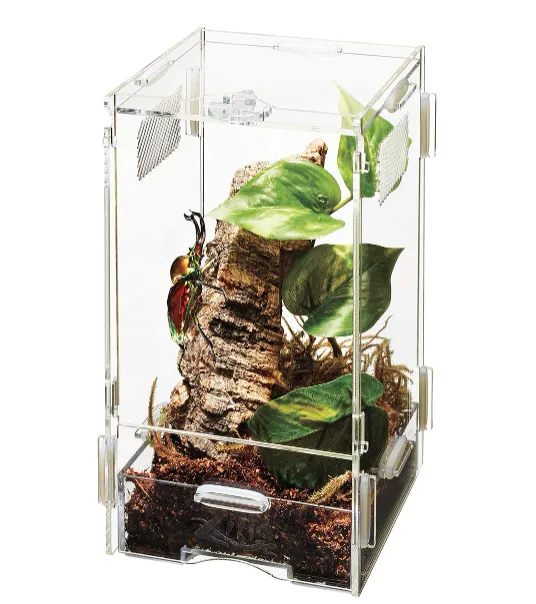
Potting soil is a cost-effective and readily available substrate option for tarantulas. It provides excellent burrowing capabilities and offers a natural environment. The use of potting soil, especially organic varieties, can be a good choice for tarantulas as they are typically free of chemical additives. However, it’s important to select a soil that is free of fertilizers and pesticides. Before using potting soil, it’s advisable to bake it in the oven at a low temperature to eliminate any potential pests or contaminants. This ensures a safer environment for your tarantula. Potting soil tends to retain moisture, but you should still monitor humidity levels and adjust your care accordingly.
Pros of Potting Soil
- Excellent burrowing capabilities
- Readily available and affordable
- Provides a natural environment
Cons of Potting Soil
- Can contain fertilizers or pesticides
- May need to be baked to remove pests
- Can compact over time
Substrate #4: Vermiculite
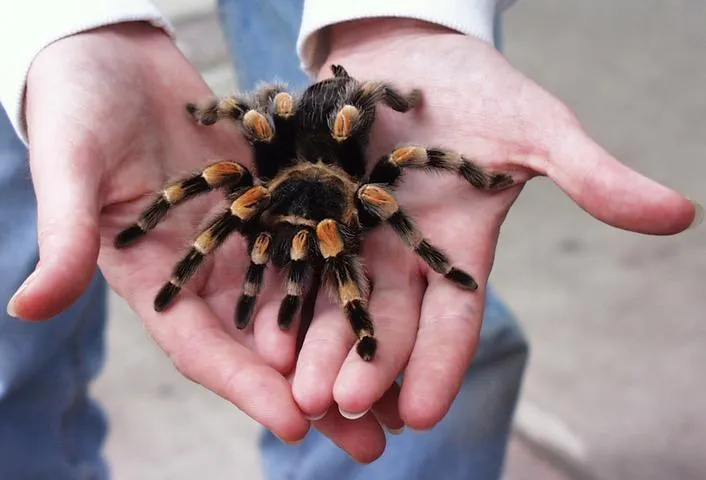
Vermiculite is a mineral substrate known for its excellent moisture retention and aeration properties. It’s often used to increase humidity, making it a good choice for tarantulas that require it. Vermiculite is non-toxic and inert, reducing the risk of chemical exposure. It provides a stable and safe environment. Vermiculite can be mixed with other substrates to improve their moisture-retention properties. It’s also excellent for molting support, as it provides a slightly damp surface that helps the tarantula shed its exoskeleton. The substrate provides a slightly different texture and environment for your tarantula. Vermiculite can also be a good option for younger tarantulas.
Pros of Vermiculite
- Excellent moisture retention
- Non-toxic and inert
- Good aeration
- Supports molting
Cons of Vermiculite
- Can be dusty
- May not support burrowing as well as other substrates
- Can become waterlogged if over-misted
Substrate #5: Cypress Mulch
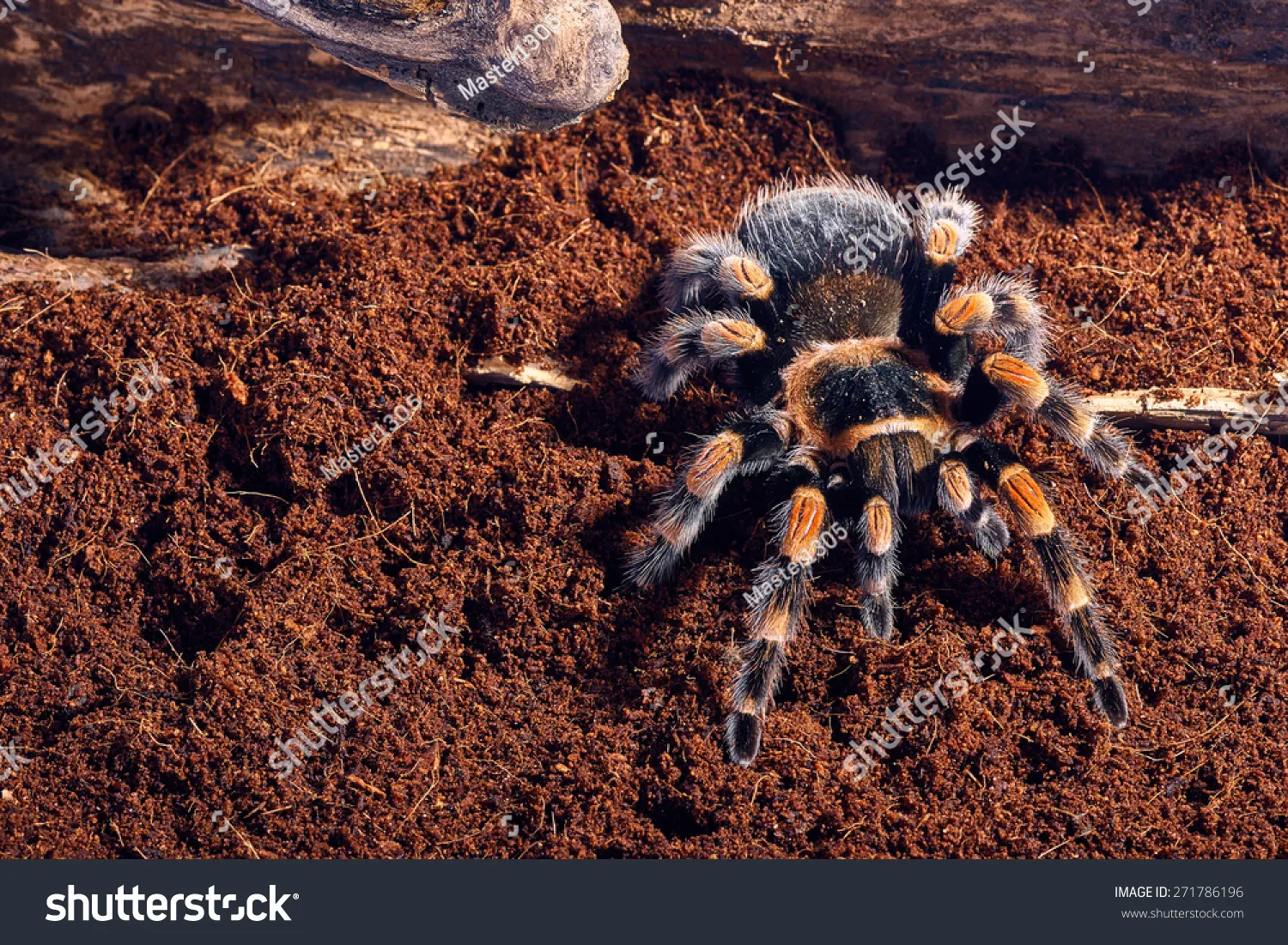
Cypress mulch is a natural substrate that is derived from cypress trees, and offers excellent moisture retention and a natural appearance. It is resistant to mold and is excellent at absorbing odors. Cypress mulch provides a naturalistic environment. However, it is important to ensure that you are using a product that is free of any chemicals or additives. Cypress mulch is also a good choice for regulating humidity levels within the enclosure. Cypress mulch is also a good option for providing a more natural habitat and providing a more natural environment for your tarantula. It provides a safe and secure environment for your tarantula to burrow and thrive.
Pros of Cypress Mulch
- Good moisture retention
- Resistant to mold
- Absorbs odors
- Provides a natural look
Cons of Cypress Mulch
- Can be more expensive
- May need to be replaced more frequently
- Can be difficult to find in some areas
Mixing Substrates for Optimal Results
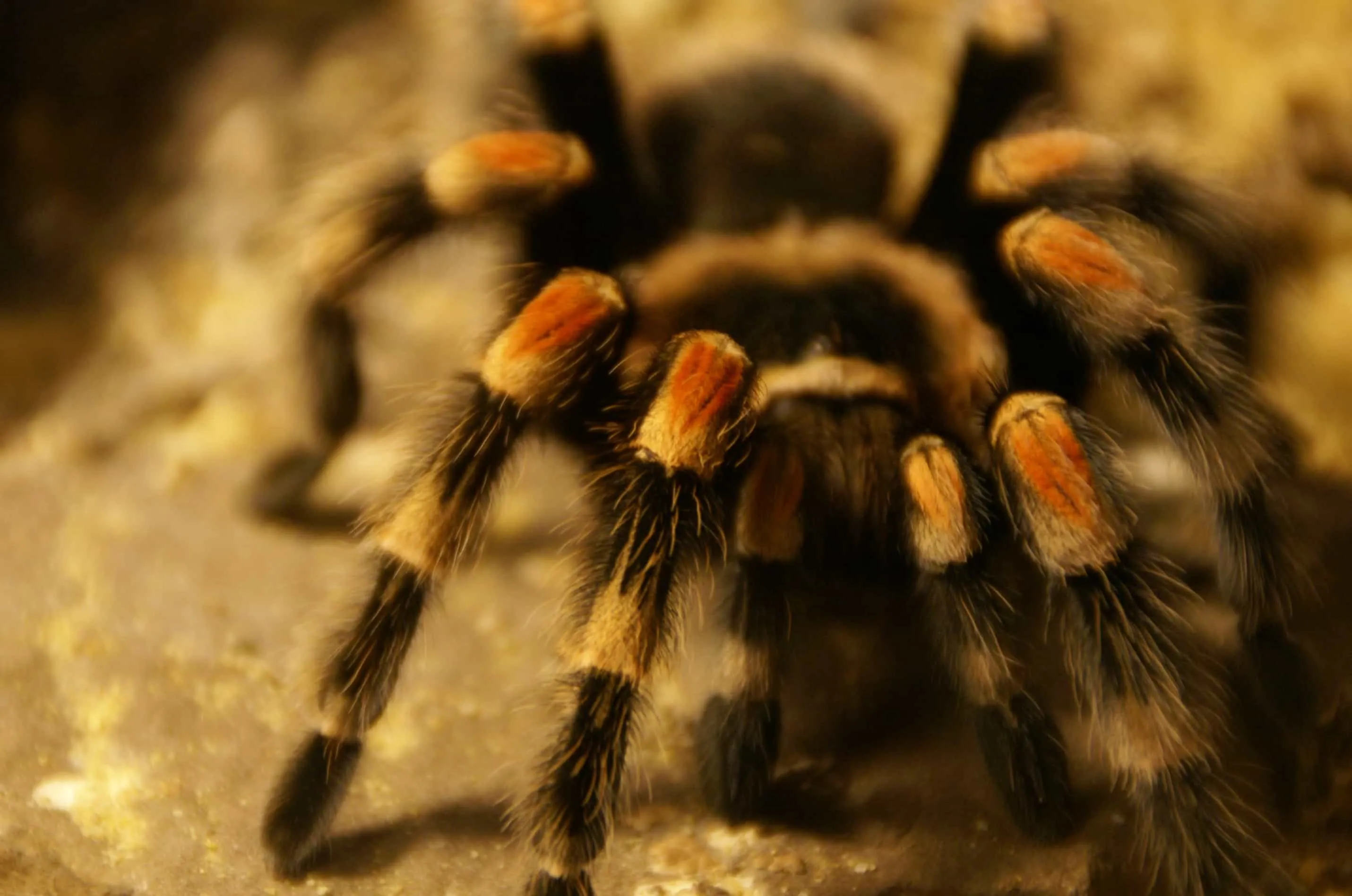
Mixing substrates allows you to blend the benefits of multiple materials, creating a substrate that meets the specific needs of your Mexican Red Knee Tarantula. A popular mix is coco fiber and peat moss, providing a balance between moisture retention and aeration. You can also add a small amount of potting soil to enhance burrowing capabilities. When mixing substrates, aim for a balance that suits your tarantula’s needs and your environment. Always ensure the substrates are mixed thoroughly before adding them to the enclosure. Experimenting with different combinations can help you find the ideal mix to provide the best conditions for your tarantula. This allows you to create the perfect environment for your pet.
Creating the Perfect Blend
To create the perfect substrate blend, consider the specific needs of your tarantula. For instance, if you want to promote burrowing and retain moisture, consider a blend of coco fiber and peat moss with a small amount of potting soil. If you are looking to improve moisture retention, consider adding vermiculite. Ensure the substrate is deep enough to allow your tarantula to burrow and feel secure. Before adding any substrate, make sure to prepare it properly. This can involve rinsing coco fiber, baking potting soil, and ensuring all materials are free from contaminants. Regularly monitor the enclosure’s humidity and adjust the substrate as necessary to maintain the ideal environment for your tarantula. The correct blend of substrate can dramatically improve the quality of life of your tarantula.
Maintenance and Care for Your Substrate
Regular maintenance is essential to keep the substrate healthy and ensure the well-being of your Mexican Red Knee Tarantula. This involves monitoring humidity levels, cleaning the substrate, and replacing it as needed. Proper maintenance prevents the buildup of harmful bacteria, maintains humidity levels, and promotes overall cleanliness. Regular care significantly contributes to a healthy and happy environment for your tarantula. Maintaining the substrate is one of the most important parts of the tarantula keeping.
Monitoring Humidity Levels
Regularly check the humidity levels within your tarantula’s enclosure, ideally using a hygrometer. The optimal humidity range for Mexican Red Knee Tarantulas is generally between 60% and 70%. Adjust the substrate’s moisture content by misting or adding water as needed to maintain these levels. Be careful not to over-saturate the substrate, as this can lead to mold growth. Ensure proper ventilation in the enclosure to avoid excessive humidity. By closely monitoring and adjusting humidity, you create an environment in which your tarantula can breathe comfortably and molt successfully. Maintaining proper humidity levels is a continuous process that is crucial for the health of your tarantula.
Cleaning and Replacement
Regular cleaning of the substrate is essential to maintain a healthy environment. Remove any visible waste, such as uneaten food or fecal matter, promptly. Spot-clean the substrate as needed, and replace it entirely every 6 to 12 months, depending on the substrate type and how quickly it breaks down. When replacing the substrate, remove the old material completely and clean the enclosure thoroughly before adding fresh substrate. This prevents the buildup of harmful bacteria and other contaminants. This ensures your tarantula has a safe and healthy environment to thrive. Regular cleaning and replacement are essential for the long-term health of your tarantula.
In conclusion, the best substrate for your Mexican Red Knee Tarantula depends on its specific needs and your ability to maintain it. Coco fiber, peat moss, potting soil, vermiculite, and cypress mulch are all viable options, each with its own set of advantages and disadvantages. Consider the humidity requirements, burrowing behavior, and molting needs of your tarantula when making your choice. By selecting the right substrate and providing proper care, you can ensure your tarantula thrives in a comfortable and healthy environment. This will allow your tarantula to grow and thrive. Remember to monitor the humidity, clean the substrate, and replace it regularly to maintain a thriving habitat for your pet. Taking the time to choose the right substrate is an investment in your tarantula’s well-being.
